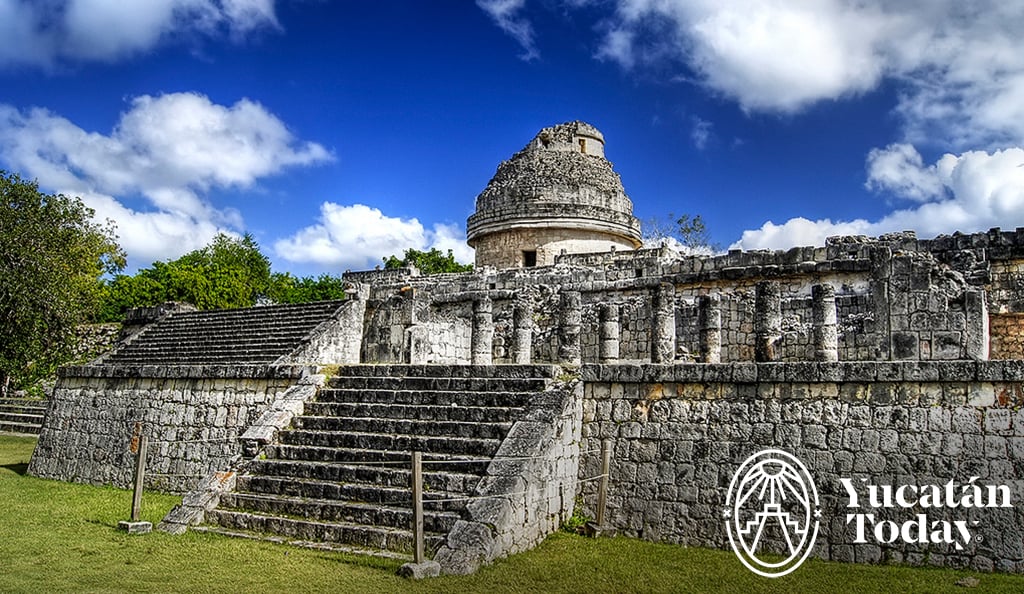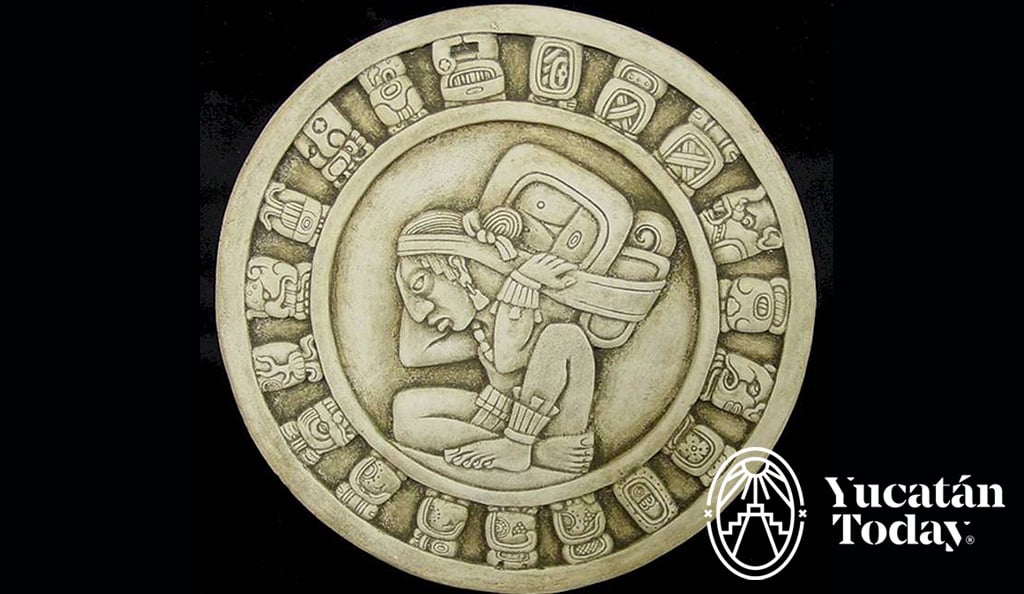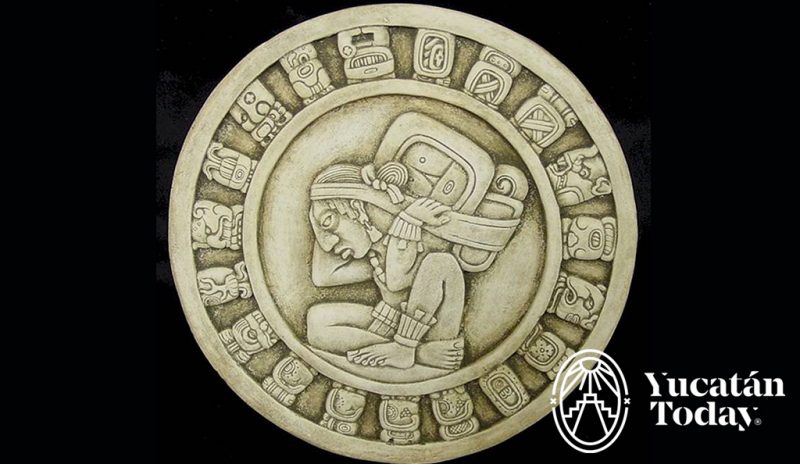
The Mayan culture is truly amazing, because not only does it have very advanced knowledge, but it also has a calendar system that governed the center of their lives. Of all the calendars made by Mesoamerican cultures, the Mayan was definitely the most sophisticated.
During your visits to the archaeological zones of Yucatan, have you seen small “souvenirs” in the stores that come like keychains and necklaces that have Mayan symbols? These are precisely the months of the Mayan calendars! But do you know what they mean?
The accuracy of the Mayan calendars lies in the continuous and uninterrupted count of the days (called "Kin" in Mayan) from "day zero", which they considered as the initial date.
An interesting fact is that they kept several calendars, each one dedicated to a particular topic. In this way, the most important were the “Tzolkin”, of 260 days, and the “Haab”, of 365 days; and from the moment a person was born, his entire life was governed by these calendrical accounts.
Isn't it easier to carry just one calendar instead of so many? Probably yes, but now we will understand a little better why each of them were so important.
Tzolkin, the 260-day calendar:
This calendar was the most used by the Mayan peoples, and governed the times for agriculture, their family customs and religious ceremonies, since the life of the Mayan man and woman was predestined by the day of the “Tzolkin”, which corresponded to the date of your birth.
Haab, the 365-day calendar:
This calendar served to measure the solar year, that is, it quantified the journey that the Earth makes around the Sun in 365 days. In this calendar the Mayans divided the year into 18 months which they called “Uinal”, and each one had 20 days, leaving 5 days left over which they called “Uayeb”. Each Kin is written using a number from 0 to 19, and a Uinal represented by a glyph (except for the Uayeb days, which were accompanied by 0 to 4).
In addition to these two calendars, they had an account that marked the beginning of time, or at least when it was recorded in writing. For this there was the “long count” or “initial series”, where all the days that have passed since that date are found, which according to various studies, is August 13, 3114 BC of our Gregorian calendar.
Sources: mayacalendar.com,librarypleyades.net
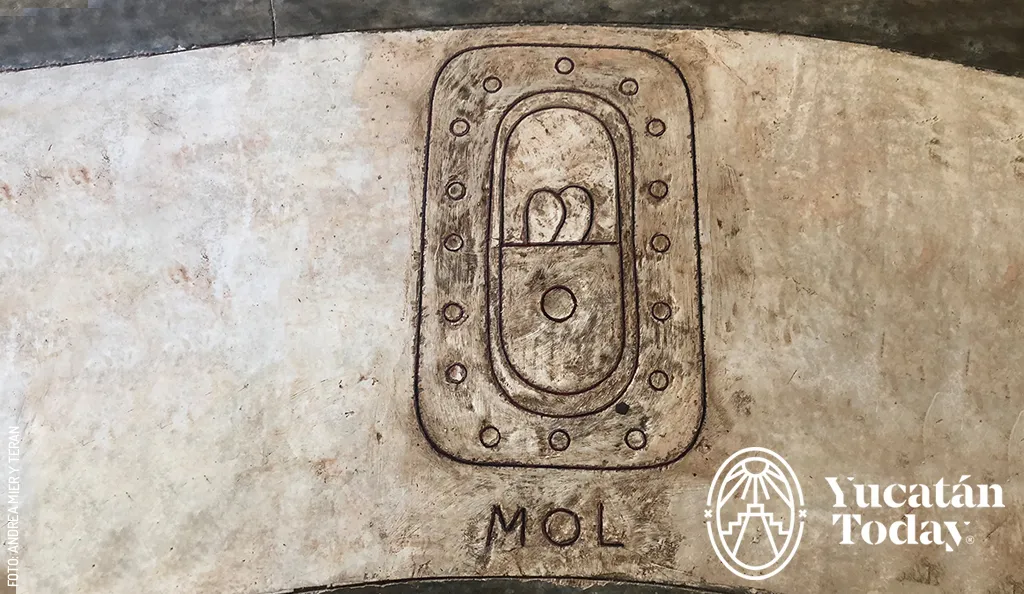
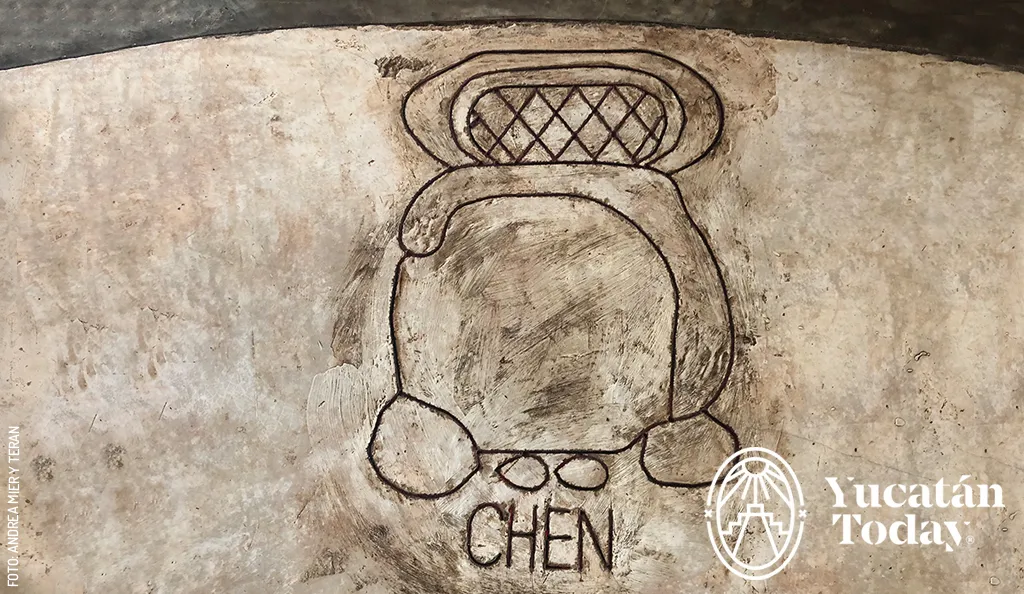
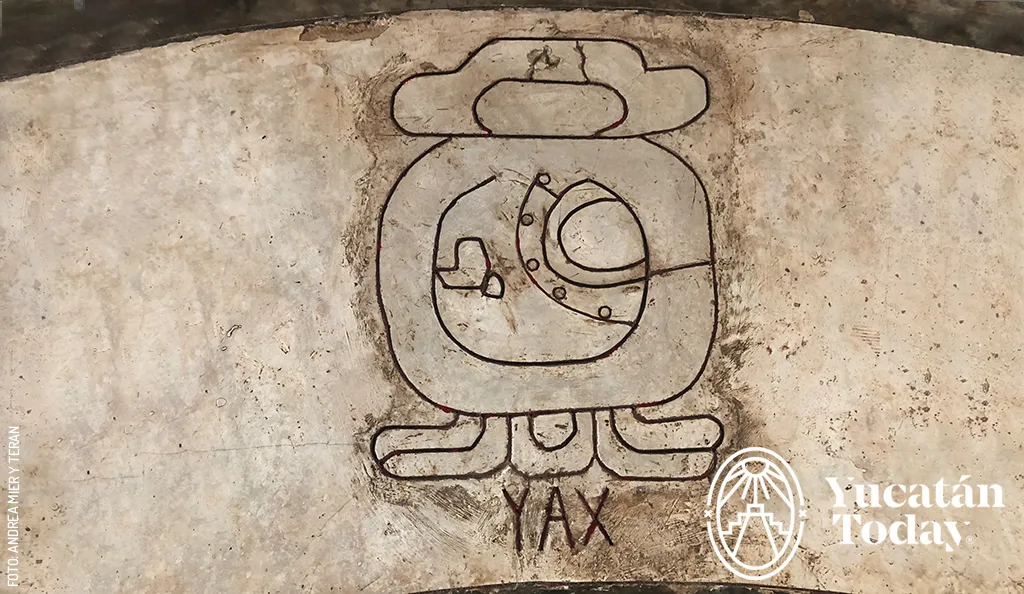
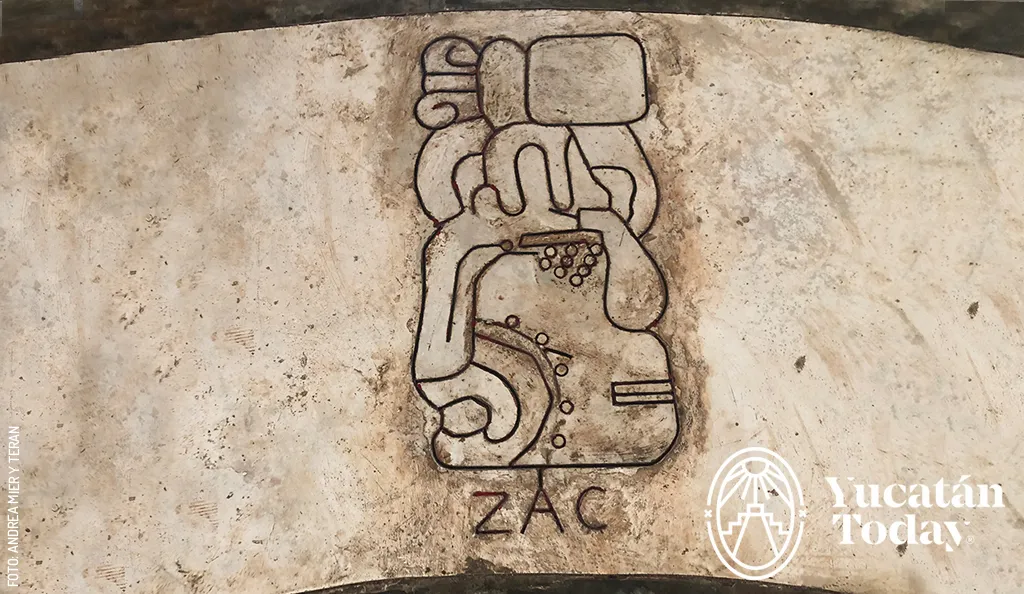
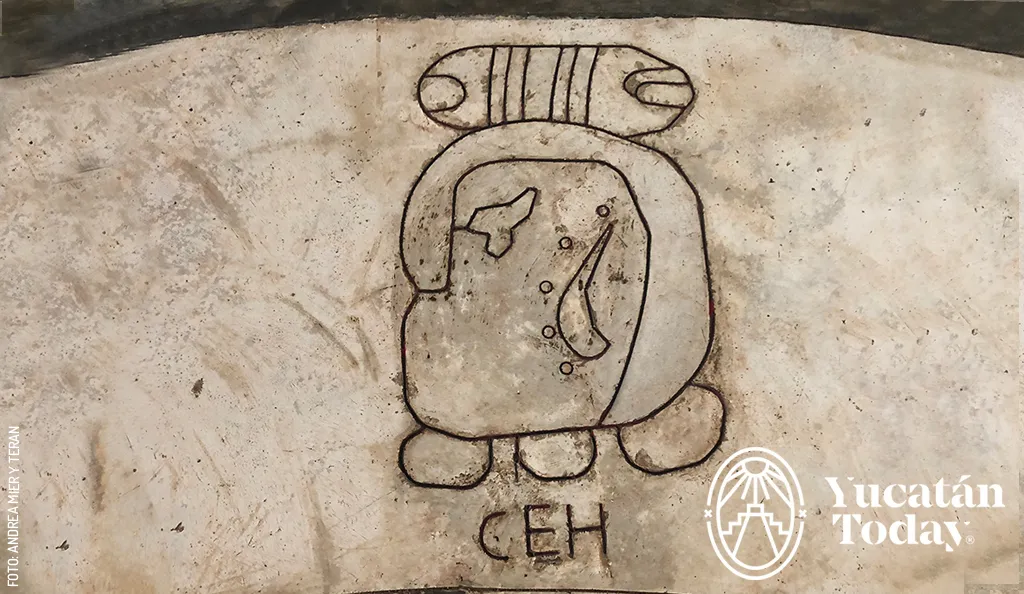
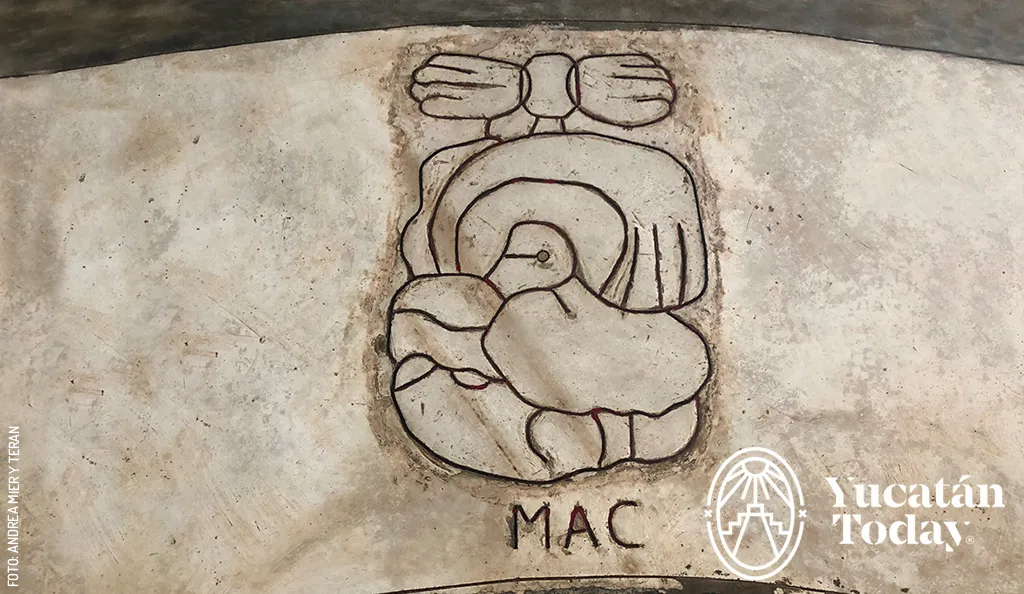
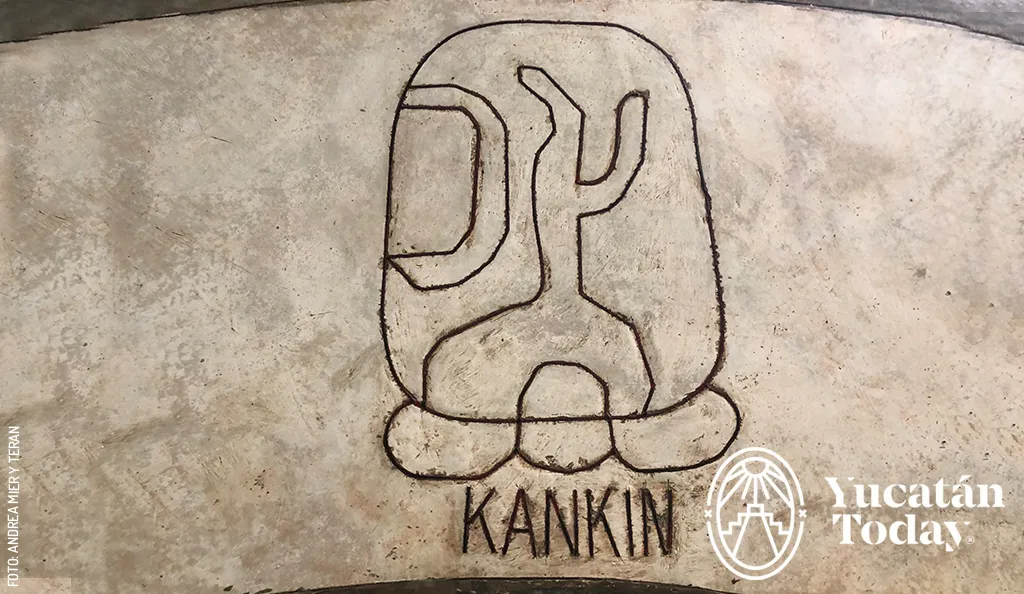
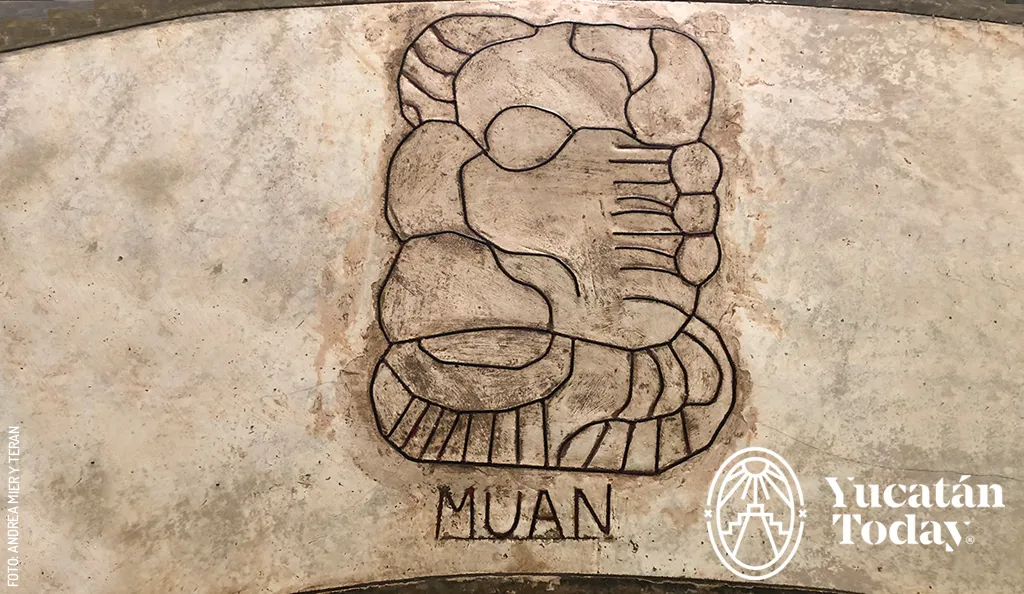
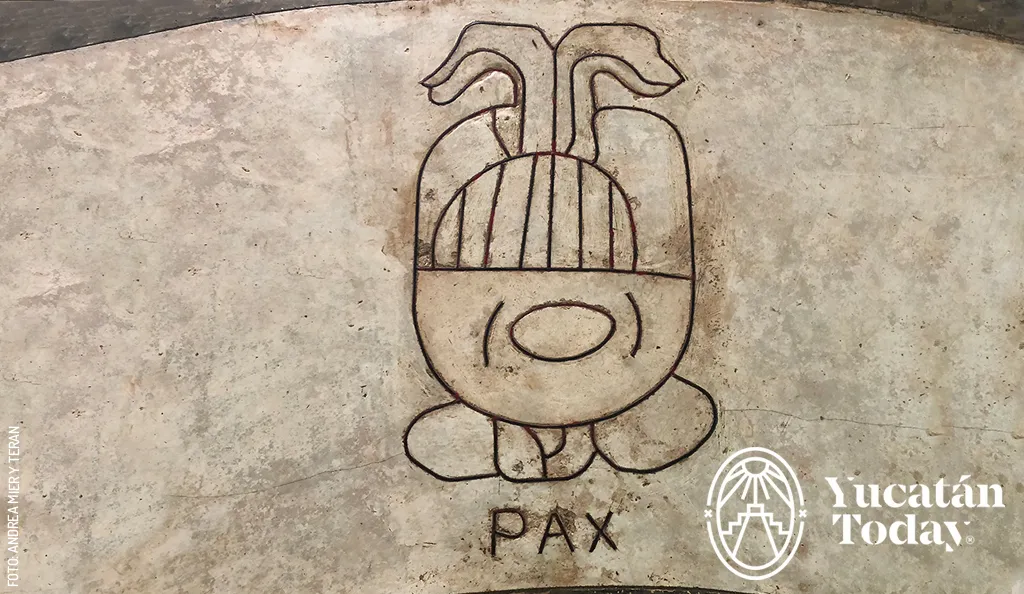
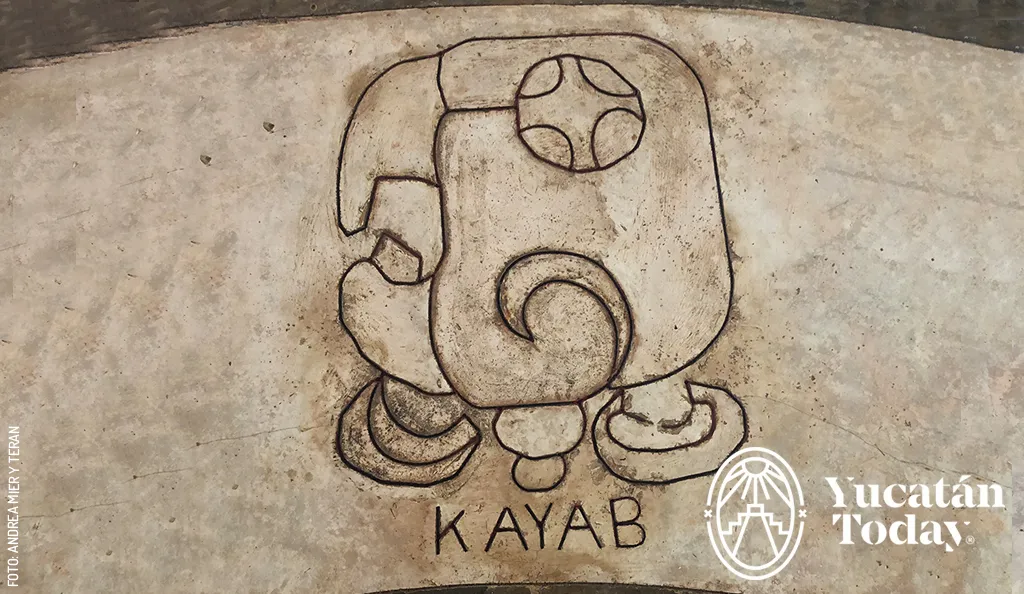
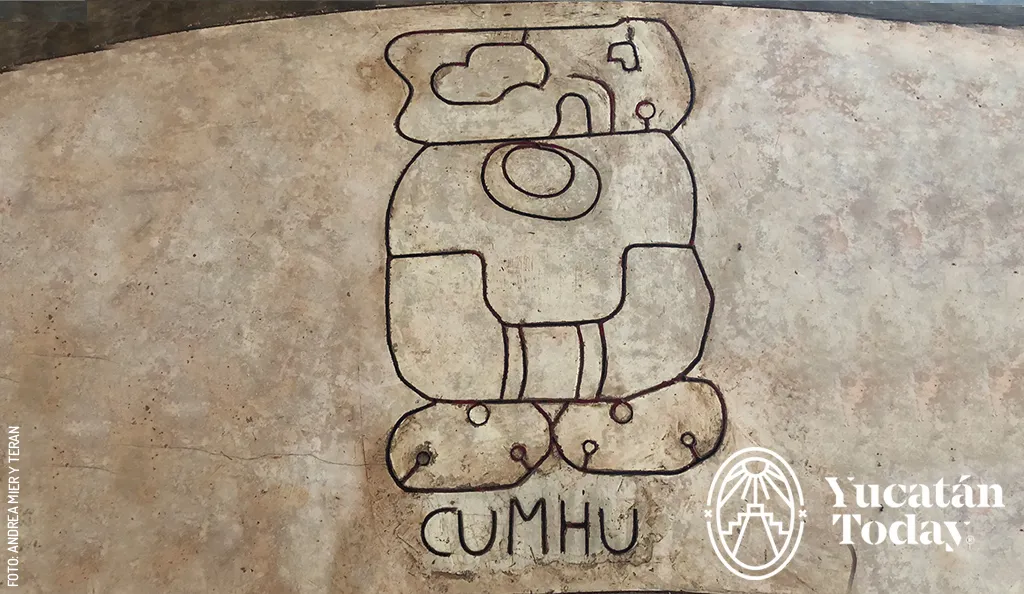
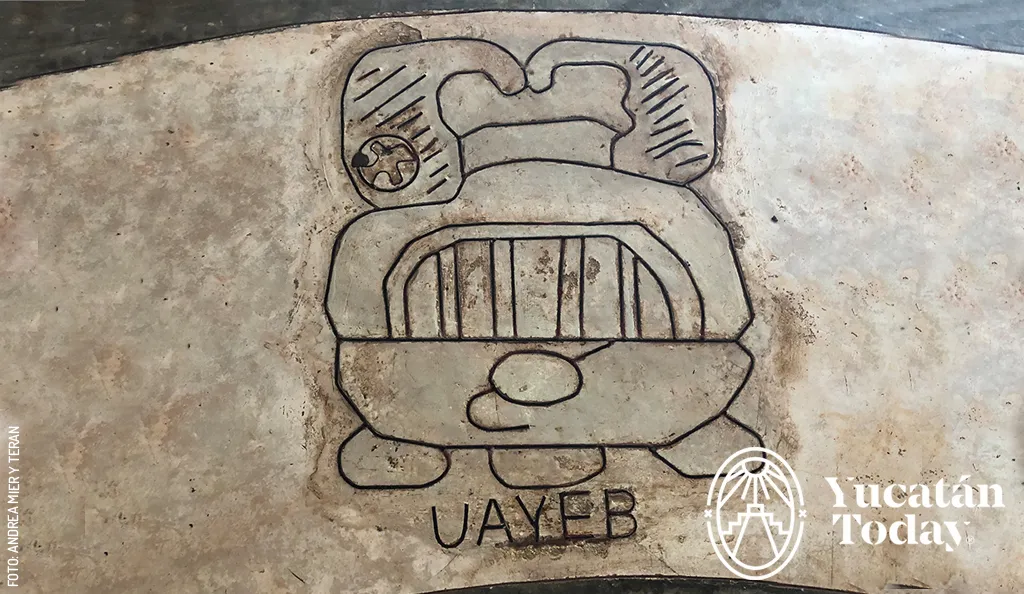
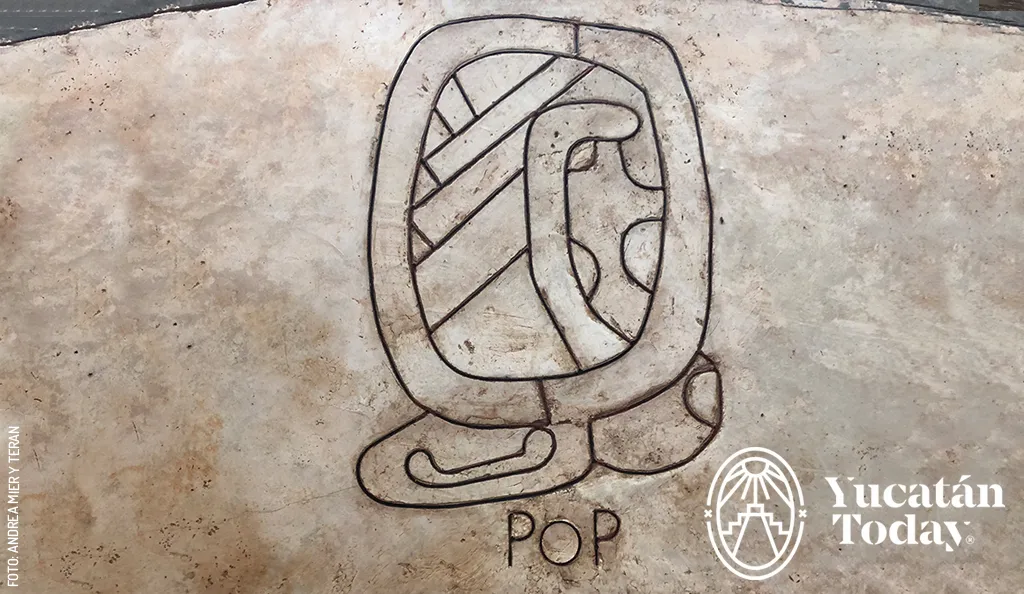
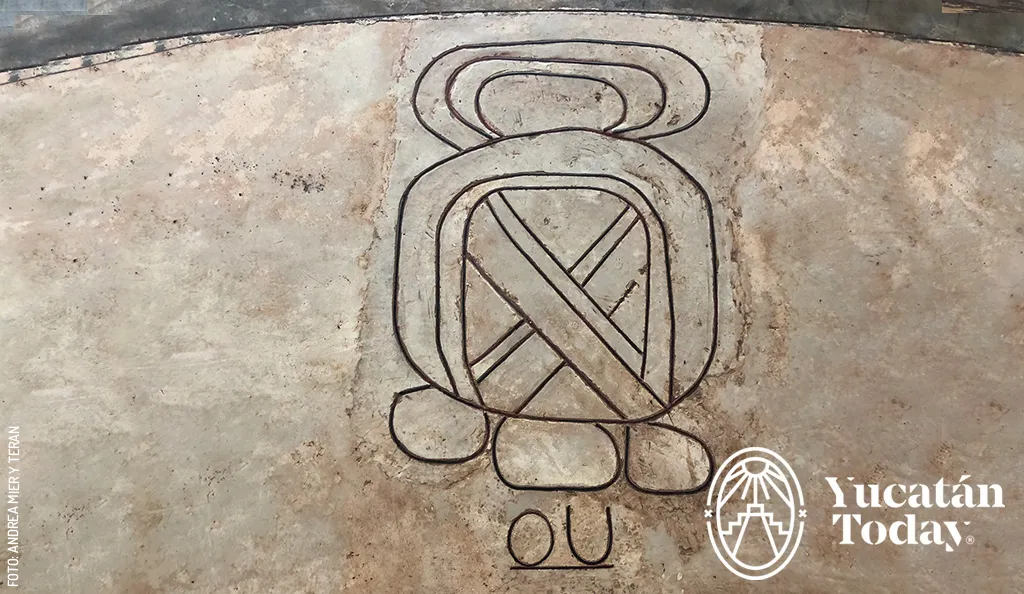
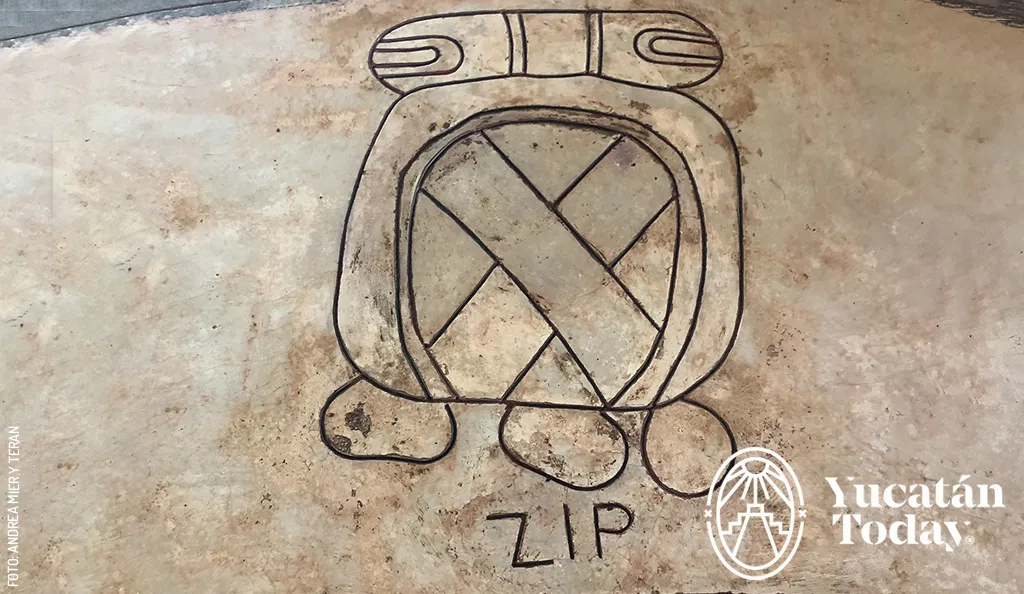
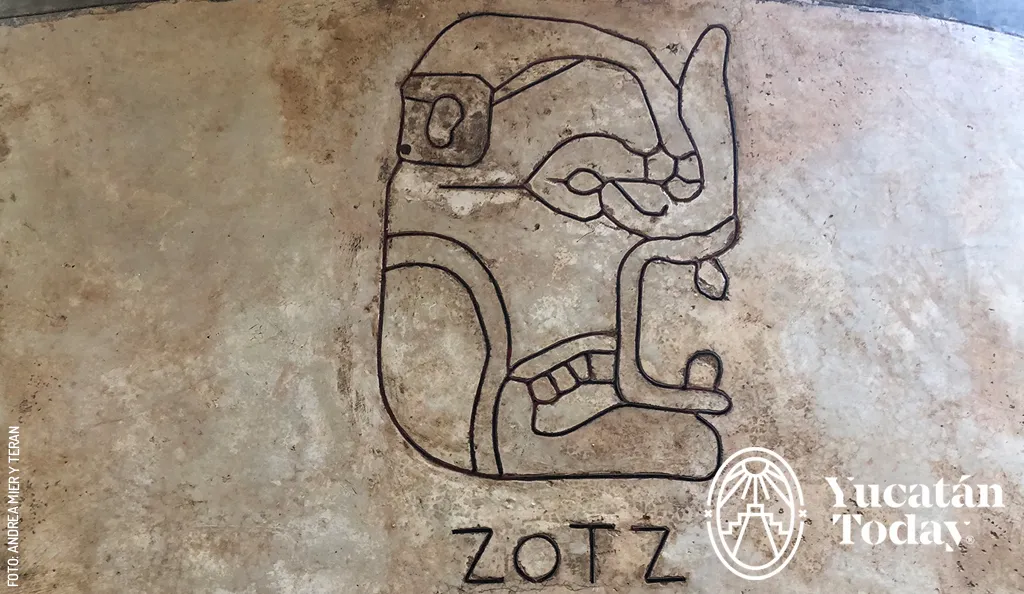
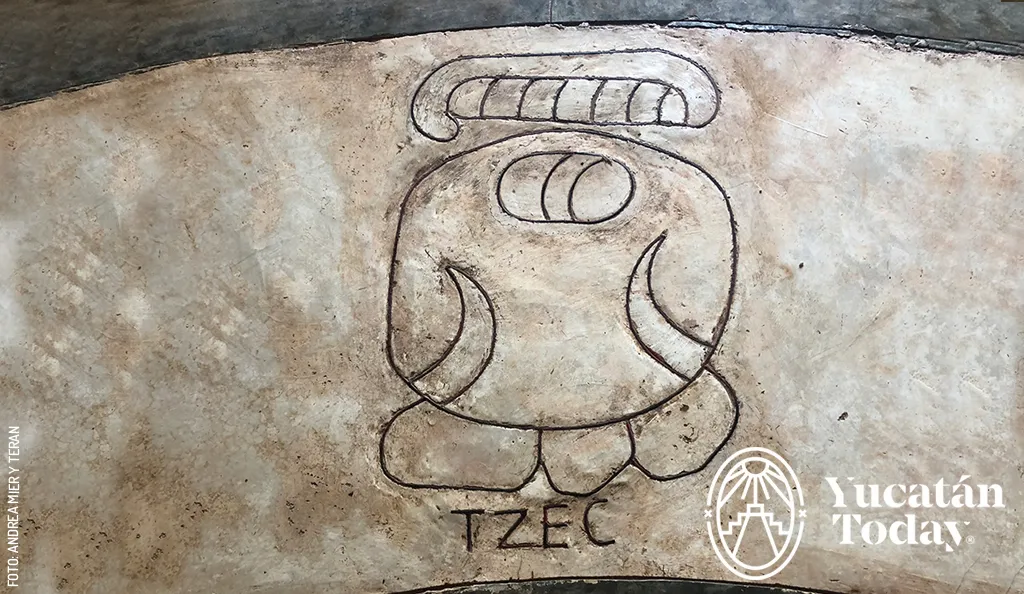
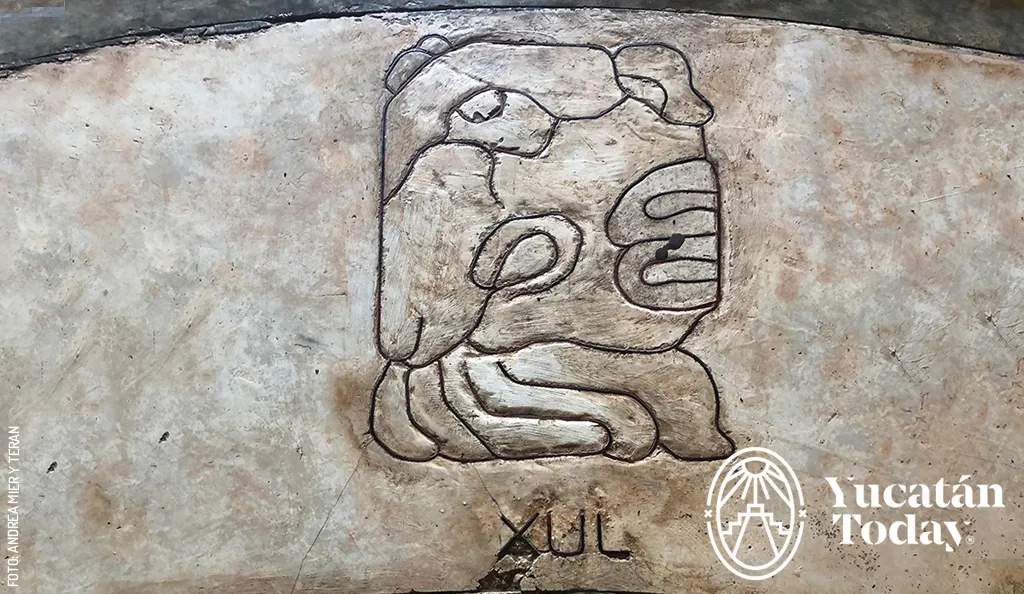
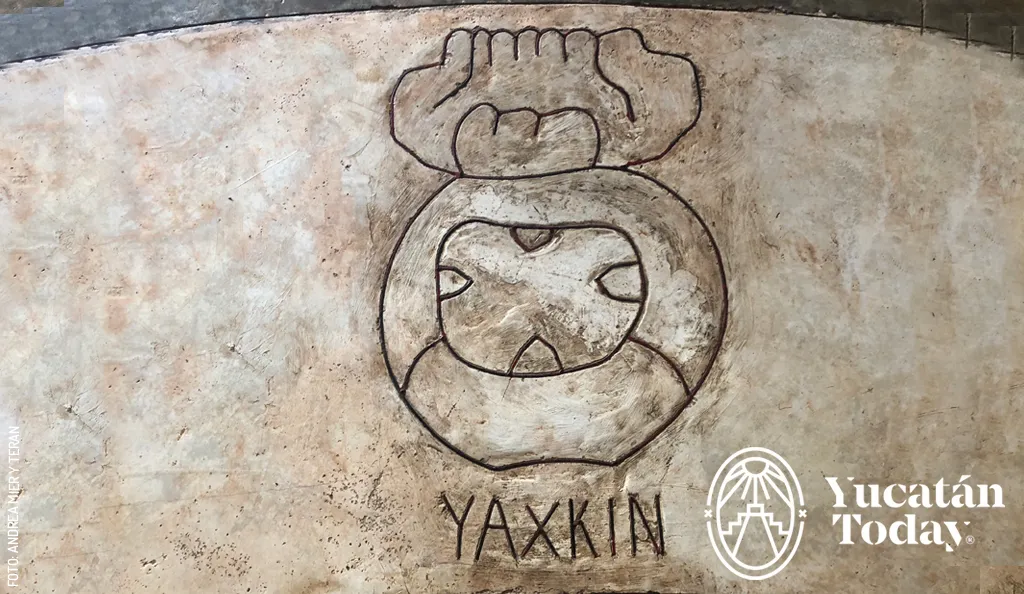
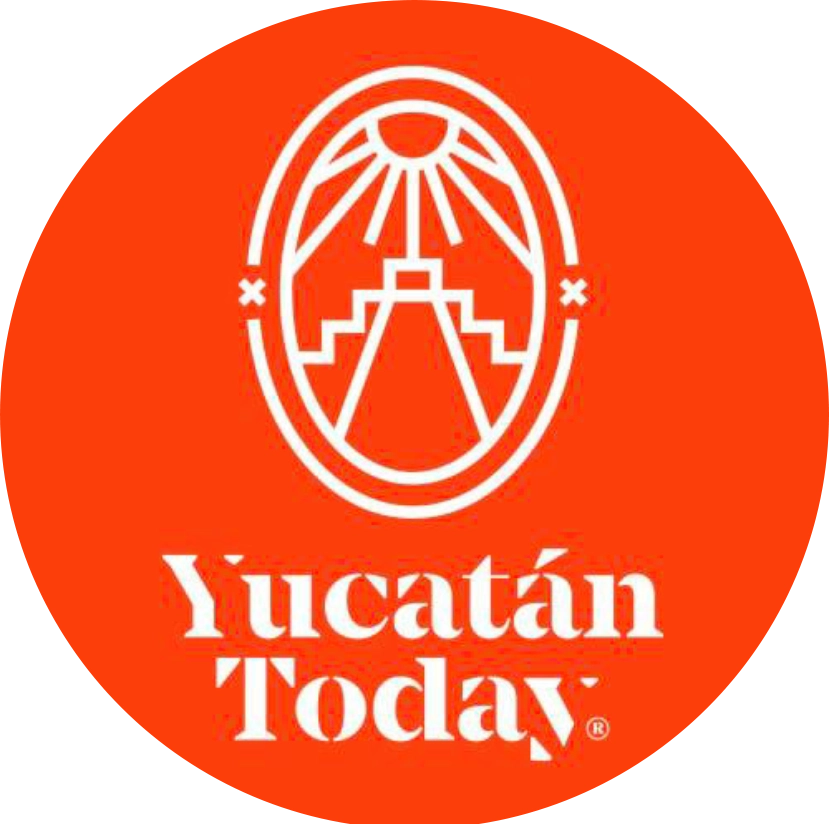
Author: Yucatán Today
Yucatán Today, the traveler's companion, has been covering Yucatán’s destinations, culture, gastronomy, and things to do for 37 years. Available in English and Spanish, it’s been featured in countless travel guides due to the quality of its content.
Receive the latest articles and much more from the best of Yucatán in your email!
Related articles
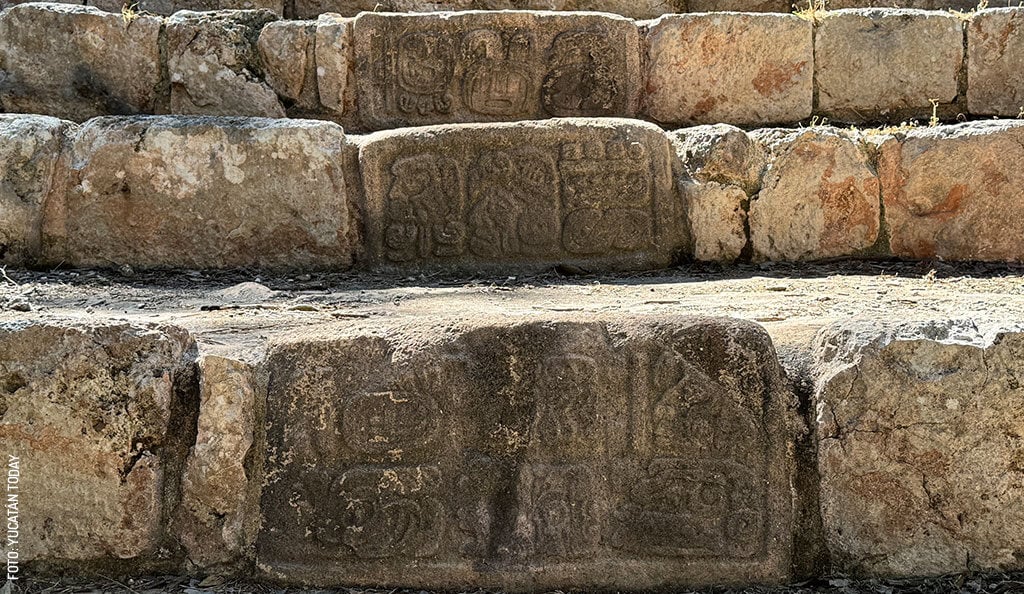
A Brief Introduction to Maya Culture
Explore the Maya civilization's rich history, divided into three key periods from their early development to the Spanish arrival.
The Myth of the Maya Collapse and Disappearance
The Mayan civilization did not collapse; its people and language continue to live on in Yucatán, as an integral part of Mexican identity.